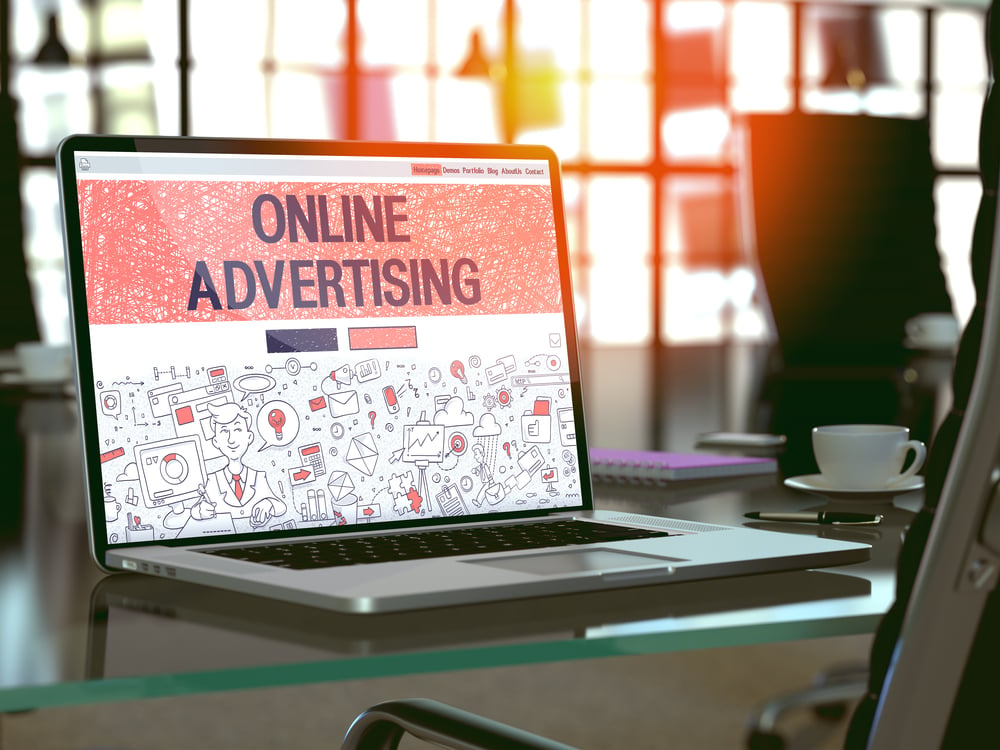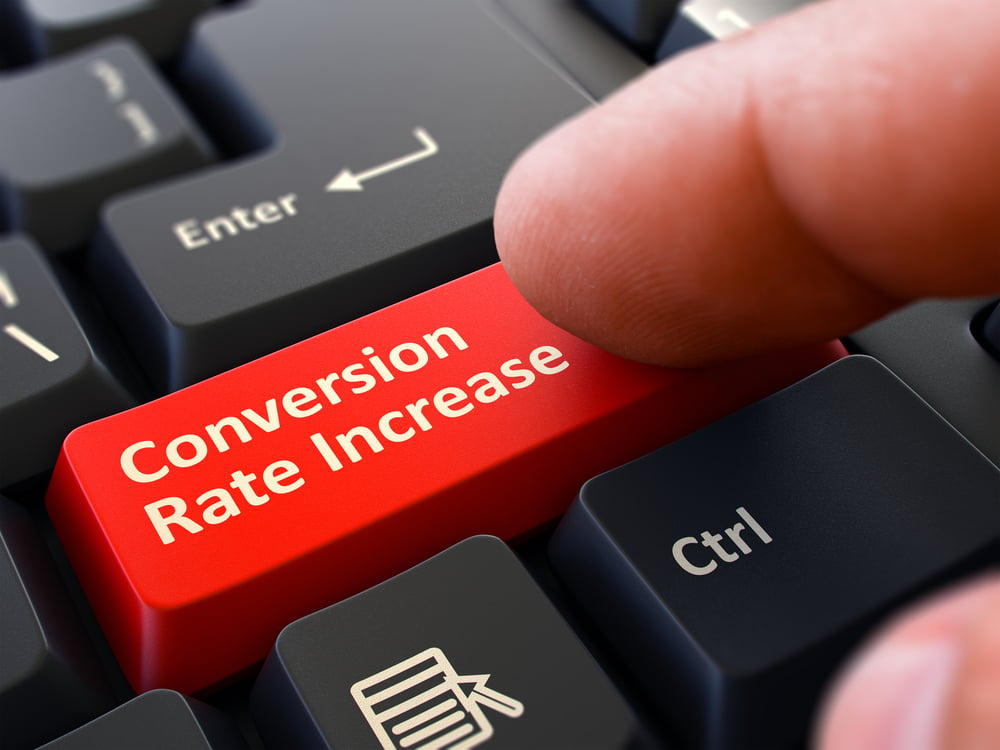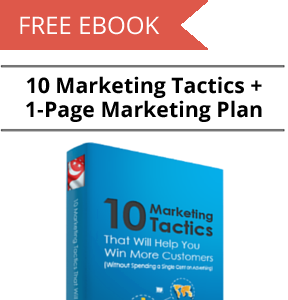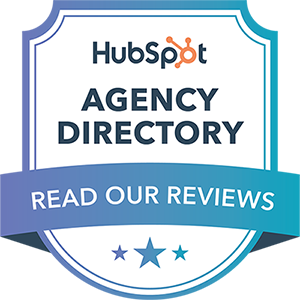
As universities, private institutions and international schools jump on the marketing bandwagon and compete in the digital space to attract prospective students, how do you know which metrics to track and measure return on investment (ROI)?
Besides the usual metrics like clicks, impressions, views, open rate and sessions, there are some key metrics that reveal opportunities and gaps in your marketing strategy. Analysing these metrics will help you to make data-driven decisions and increase your student enrolment.
Check out the 5 key metrics for higher education and supercharge your marketing efforts today.
1. Cost-Per-Click (CPC)

Cost-per-click (CPC) is the amount you pay for each click on your ads.
This metric is usually used for pay-per-click advertising or PPC ads. For example, Google ads, Facebook ads and LinkedIn ads.
CPC depends on numerous factors like your products or services, the industry, channel and countries. Brand keywords will usually have lower CPC. So in this case, your school's keywords will typically have lower CPC than generic education keywords like top schools and MBA Singapore. Lower funnel channels like Google Search and LinkedIn have high CPC while Google Display, YouTube and Facebook have low CPC.
Some channels will allow you to set maximum CPC. This is the highest amount you're willing to pay for a click on your ad. Utilising maximum CPC will give you control where you can choose to bring cost down to a level that you're comfortable with.
Most channels run an auction every single time when there is available ad space. This auction will then decide which ads to show. Let's say your max CPC is $1, but the next highest-bidding advertiser's bid is $0.60. You'll only pay what's minimally required to win your competitor. In this case, you'll have to pay $0.61.
However, CPC isn't the main concern in ad auctions. There are other factors too, such as your ad quality, ad relevance and estimated performance.
Why Is CPC Important?
CPC is important in determining the success of your paid campaign. High CPC means you're paying more for each click while low CPC means you're paying less for each click. Whether you're over- or underpaying for each click depends on the returns you get. If you get many leads or high quality leads, it'll justify your marketing spend.
Therefore, you need to think of CPC in terms of cost and value. You should aim to get inexpensive and valuable clicks.
To lower CPC while maintaining value, you need to think about increasing your ad quality. You can consider testing your creatives, banners and copy as well as adjusting your targeting and keywords.
2. Conversion Rate

Conversion rate is the percentage of users who completed a desired or valuable action. This could be downloading the programme brochure, attending a masterclass, signing up for a 1-1 consultation or applying to the programme.
If you have 20 conversions from 1,000 clicks on an ad, the conversion rate will be (20 conv/1,000 clicks) x 100 = 2% conv rate. Likewise, if you have 20 conversions from 1,000 sessions on your landing page, the conversion rate will be (20 conv/1,000 sessions) x 100 = 2% conv rate.
Why Is Conversion Rate Important?
Even a simple jump from 2% to 3% conversion rate means that you gain an additional 10 conversions for every 1,000 clicks on your ad! Thus, if you optimise your conversion rate, you'll be driving more value and results.
Strategies To Increase Your Conversion Rate
Similar to CPC, you can consider adjusting the targeting and keywords. Ensure that you're targeting the right people. But you need to take a step further and also optimise your landing page.
Your ad copy and landing page should align. For instance, if your ad mentions that users can download the programme brochure, your landing page needs to allow these users to download the programme brochure. Users should land on a page where they can do what the ad says.
Another way is to A/B test your landing page. You can test various elements and see which landing page variation results in more conversions or higher conversion rate.
-
Call-to-action button (size, shape, colour) & copy
-
Headline
-
Copy
-
Form (short form with fewer fields like name & email only vs long form)
-
Image
-
Font
Do take note of common landing page blind spots that hinder success and best practices that drive conversion for education landing pages.
You can also retarget users and run remarketing ads to increase conversion rate. Prospective students usually research and learn more about the schools they're interested in. Running both a brand awareness campaign and a remarketing campaign will ensure that your school will always stay at the top of these prospective students' minds. If they subscribe to your monthly newsletter, you can nurture them so they're ready to apply during the application period.
3. Lifecycle Stage: Lead, Marketing Qualified Leads (MQL), Sales Qualified Leads (SQL), Opportunity, Customer

Source: HubSpot
Another key metric is the number of people in each lifecycle stage.
-
Lead: a contact who has converted on your website or through some other interaction
-
Marketing Qualified Lead: a contact who has engaged with your company and could become a more serious prospect if you nurture that relationship (someone whom your marketing team has qualified as ready for the sales team)
-
Sales Qualified Lead: a contact who is ready to talk to someone on your sales team (someone whom your sales team has qualified as a potential customer)
-
Opportunity: a contact who is associated with a deal, contract or project
-
Customer: a contact with at least one closed deal
In this case, it's recommended to change the lifecycle stage to suit your needs. For instance, you might change the lifecycle stages to lead, applicant (people who are filling up the application form), student (people who are enrolled in the school), alumni (people who have graduated from the school).
Why Is Lifecycle Stage Important?
Besides telling you whether you've reached your target KPI, the number of people in each lifecycle stage reveals opportunities and gaps.
If you have a low number of SQLs, it might mean that you're not targeting the right fit customers or your content doesn't attract and resonate with such potential clients. On the other hand, if you have a high number of MQLs, you might consider creating a content initiative for your company to nurture these people and bring them down the funnel.
4. Acquisition Cost: Cost Per Lead (CPL)/MQL/SQL/Opportunity/Customer

As its name suggests, this is the amount you spend for each lead, MQL, SQL, Opportunity and Customer.
The acquisition cost will increase as your customers progress through the various lifecycle stages. Hence, CPL would probably be the lowest and cost per customer would be the highest. For instance, you might get 10 leads with CPL of $10. But out of these 10 leads, only 1 of them becomes a customer. So the cost per customer is $100.
When calculating the acquisition cost, you'll need to take into account every expenditure that you spent to acquire these prospects, including PPC ads, content marketing, social media marketing, search engine optimisation etc.
Why Is Acqusition Cost Important?
If your acquisition cost is low, it simply means that you're spending fewer dollars for each prospective student. On the other hand, a high acquisition cost means that you're spending more money for each prospective student. Therefore, it's important to track your acquisition cost and see if your marketing strategy is working.
To keep this acquisition cost low, you can implement the abovementioned tactics like A/B testing your ads, creatives, landing pages and offers. For example, you can test whether program brochure downloads or information sessions converts better for prospective students, or even test various videos (testimonials vs brand).
There should be nurturing campaigns in place to keep the acquisition cost low. Automated email workflows can keep your prospective students engaged. You can set up an email drip campaign where the first email focuses on school branding and tells a story while the second email includes testimonials from current and graduate students. A social media content calendar about school events like masterclasses and virtual webinars can increase student engagement too. There are also some KPIs that you should track for social media.
Also, you can analyse acquisition cost by time period and extract useful insights. For example, acquisition cost is likely to be lower during application period. Thus, you might choose to increase marketing budget for this time period.
It's highly recommended to analyse your acquisition cost by channel too. If certain channels are resulting in low acquisition cost, you should invest more resources there. For channels with high acquisition costs, you might want to rethink your marketing strategy and tactics and optimise your campaigns.
5. Lead To Customer Ratio

This ratio is the proportion of how many leads turn into customers. In this case, Lead To Student Ratio or Enrolment Ratio would be more appropriate.
You should look at this ratio for every lifecycle stage, such as lead to MQL, MQL to SQL etc.
Why Is Lead To Customer Ratio Important?
Again, analysing this metric will reveal opportunities and gaps. If lead to MQL ratio is low, it might mean that you're attracting the wrong leads. To solve this, you can refine your targeting so you attract prospective students who are qualified for your programmes. On the contrary, if your MQL to SQL ratio is high, it means that your nurturing efforts are performing well. Keep it up!
One key ratio you should look at is the lead to applicant ratio. If this metric is low, you might be missing something that pushes prospective students to fill up the application form. There are many reasons behind this so you'll have to take time to figure this out. You can use tools like Hotjar to create website heatmaps and exit surveys and figure what's lacking on your website (eg. not informative enough, not optimised for mobile). If this ratio is only low for PPC ads, you might have a targeting problem or that you're using the wrong channel or offer.
Since there are countless reasons, it's strongly recommended to get a marketing consultant who is experienced and has expertise in these areas to troubleshoot the reasons and suggest solutions.
Make Data-Driven Decisions With These Key Metrics
With these metrics at your fingertips, you'll be armed with an arsenal of data to make informed decisions about your marketing strategy.
As data-driven marketing consultants, we understand how important it is to have a benchmark to compare your performance against other institutions in the education industry.
Hence, we've analysed the CPC, CPL and Conversion Rate for Higher Education in the ASEAN region so you can make strategic PPC budget decisions. Fill up the form below to download this exclusive report.


 hello@clicktrue.biz
hello@clicktrue.biz
 info.my@clicktrue.biz
info.my@clicktrue.biz info.th@clicktrue.biz
info.th@clicktrue.biz info.id@clicktrue.biz
info.id@clicktrue.biz info.vn@clicktrue.biz
info.vn@clicktrue.biz




